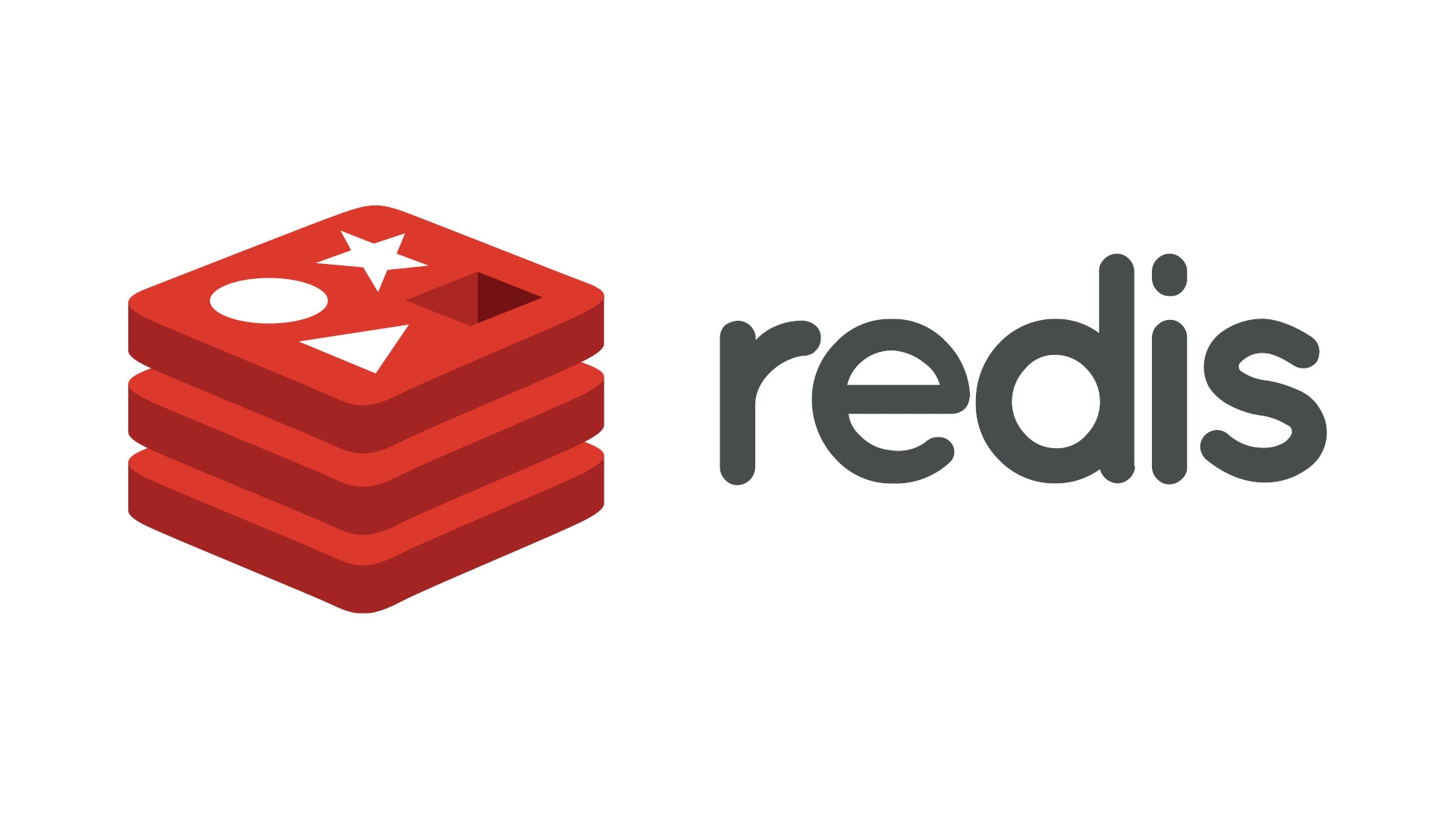This [Document AI Workbench] is poised to be a game changer, because we can now uptrain various text documents and forms utilizing powerful Google machine learning models to get the desired accuracy creating greater time and resource efficiencies for our clients
Daan De Groodt, Managing Director, Deloitte Consulting LLP
Benefits of custom modeling with Document AI Workbench
Our customers use Document AI Workbench to ultimately save time and money. “Document AI Workbench is helping us expand document automation more quickly and effectively. By using Document AI Workbench, we have been able to train our own document parser models in a fraction of the time and with less resources. We feel this will help us realize important operational improvements for our business and help us serve our customers much better,” said Daniel Ordaz Palacios, Global Head Business Process & Operations, at financial services company BBVA.
Let’s break down some of the ways the feature delivers these benefits.
Democratized ML
Data scientists’ time is scarce. With Document AI Workbench, developers, analysts, and others with limited ML experience can create ML models by labeling data with a simple interface, then initiating training with the click of a button. By leveraging training data to create a model behind the scenes, Document AI Workbench expands the range of users who can contribute to ML models while preserving data scientists’ efforts for the most sophisticated projects.
Many document types
With Document AI Workbench, organizations can bring their own data to create ML models for many document types and attributes, including printed or handwritten text, tables and other nested entities, checkboxes, and more. Customers can process document images whether they were professionally scanned or captured in a quick photo, and they can import data in multiple formats, such as PDFs, common image formats, and JSON document.proto.
Time-to-market
Document AI Workbench significantly reduces customers’ time to market, compared to building custom ML models, because users simply provide training data, with Document AI handling the rest. Our users don’t have to worry about model weights, parameters, anchors, etc.
Less training data
Document AI Workbench helps customers build ML models that achieve accurate results with less training data. This is especially true when “uptraining,” in which Document AI Workbench transfers learnings from pre-trained models to produce more accurate results. We support uptraining for Invoice, Purchase Order, Contracts, W2, 1099-R, and paystub documents.
We plan to support more document types in the future, and to make ML model training even easier by continuing to reduce the amount of training data required for accurate output. As an example, Google’s DeepMind team recently developed a new method that allows the creation of document parsing ML models for utility bills and purchase orders with 50%-70% less training data than what was previously needed for Document AI. We’re working on integrating this method into Document AI Workbench in the coming months.1
No-cost training
Instead of having to pay to spin up servers and wait while models are trained, Document AI Workbench lets users create and evaluate ML models for free. Customers simply pay as they go once models are deployed.
With Document AI Workbench, organizations can enjoy all these features and more. And organizations own the data used to train models.
Thanks to these benefits, many customers are already seeing impressive results. Muthukumaraswamy B, VP of Data Science at technology firm Searce said, “We estimate that our time-to-market will reduce by up to ~80% with Document AI Workbench vs. building custom models.”
Similarly, software company Libeo “uptrained an invoice processor with 1,600 documents and increased testing accuracy from 75.6% (with pretrained models) to 83.9% with uptraining on Document AI Workbench,” said CPO & CTO Pierre-Antoine Glandier. “Thanks to uptraining, Document AI results beat the results of a competitor and will help Libeo save ~20% on the overall cost over the long run.”
Technology firm Zencore is making strides as well. “Document AI Workbench allows us to develop highly accurate document parsing models in a matter of days. Our customers have completely automated tasks that formerly required significant human labor,” said Sean Earley, VP of Delivery Service.
How to use Document AI Workbench
Users can leverage a simple interface in the Google Cloud Console to prepare training data, create and evaluate models, and deploy a model into production, at which point it can be called to extract data from documents.
Import and prepare training data
To get started, users import and label documents to train an ML model. If documents are labeled using other tools, users can simply import labels with JSON in the doc.proto format. If documents need to be labeled, they can create their document schema and use our simple interface to label documents. Optical character recognition (OCR) will automatically detect the content and prepare training data.

Train a model
With one click, users can train a model. If they are working with a document type similar in layout and schema to an existing document model, they can uptrain the relevant model to get accurate results faster. If there is no relevant, uptrainable model available for the document, they can create a model with Document AI Workbench’s Customer Document Extractor.

Evaluate a model and iterate
Once a model is trained, it’s time to evaluate it by looking at the performance metrics–F1 score, precision, recall, etc. Users can dive into specific instances where the model predicted an error and provide additional training data to improve future performance.

Getting started with Document AI Workbench

1.Deepmind used thousands of Google’s internal documents, such as utility bills and purchase orders from a variety of vendors to develop and evaluate this method. The performance will vary and depend on the evaluation dataset.
By: Derek Egan (Product Manager)
Source: Google Cloud Blog





